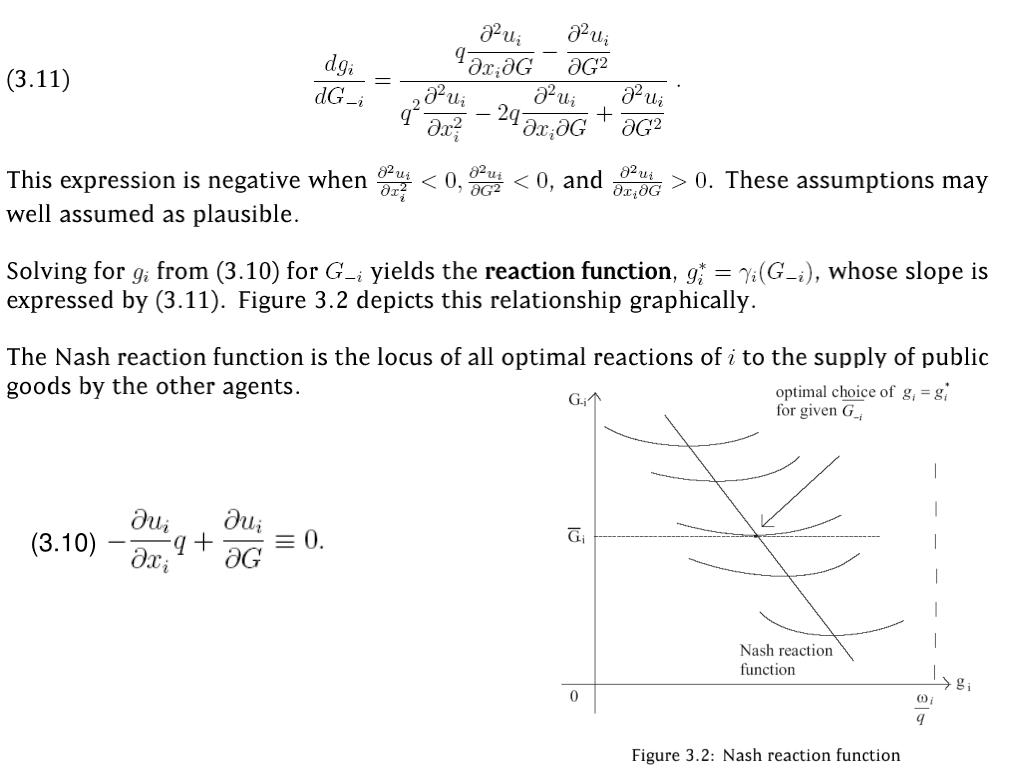

The benefit principle states that taxes should be based on the benefits received, that is, those who receive the greatest benefits should pay the most taxes. The other is the ability-to-pay principle, which states taxes should be based on income or the ability to pay taxes.

The benefit principle is commonly used for near-public goods such as highways, libraries, college, and national parks. The benefit principle works from the proposition that those who receive the greatest benefits should pay the most taxes. The company uses only one marketing mix to satisfy this group of buyers.īENEFIT PRINCIPLE: A taxation principle stating that taxes should be based on the benefits received. This group is targeted with an undifferentiated targeting strategy. In a marketing context, this is a market characterized by buyers with similar needs and wants. Another is for mathematical equations, such that an equation is said to be homogeneous if the independent variables are increased by a constant value, then the dependent variable is increased by a function of that value. One is for production, such that two or more goods are homogeneous if they are physically identical or at least viewed as identical by buyers.

In economics, it is used in a couple of different ways. For example, a neighborhood might have a homogeneous culture, meaning everyone has similar income, religious preferences, and political views. HOMOGENEOUS: In general, the notion that everything has identical characteristics. AmosWEB means Economics with a Touch of Whimsy!


 0 kommentar(er)
0 kommentar(er)
